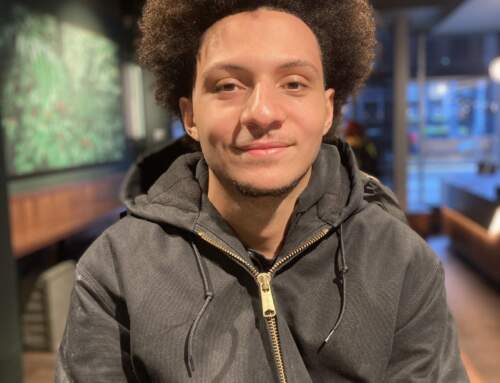The legalization of marijuana, a consideration currently being studied by a group of state senators, is a topic that consistently garners plenty of attention. But synthetic marijuana, an altogether different substance, is a separate matter.
Synthetic cannabis – or what is technically synthetic cannabinoid receptor agonists – are ‘designer drugs’ which mimic the effect of marijuana sprayed onto a herbal-base material. Synthetic cannabis is commonly known as K2 and Spice, but have a myriad of brand names such as Ivory, Ocean Snow, Black Mamba, Purple Haze, Bliss, and Bombay Blue, to name just a few. It is much more powerful than marijuana and highly dangerous.
Synthetic cannabis first went on sale in the early 2000s. You can buy it in a convenience store or on the internet. It’s cleverly sold as incense and not for human consumption. It’s comprised of a “cocktail” of various chemicals sprayed on plants and more than likely mixed and packaged overseas, mainly from China. It isn’t regulated and there isn’t a standard recipe so the intensity of doses can vary. Some of these chemicals are brand new. Nobody knows what they really are and what effects they can have on the brain. Synthetic cannabis also does not produce positive results in drug tests for cannabis, although it’s possible to detect in urine samples. Surely it’s an easy way to buy weed without the hassle. It’s a no brainer right? Wrong.
The most common side effects of this “high” are rapid heartbeat, elevated blood pressure, agitation, drowsiness, vomiting, hallucinations and nausea. Recent studies show that “synthetic cannabis may precipitate psychosis and in some cases it may be prolonged. Some studies suggest that synthetic cannabinoid intoxication is associated with acute psychosis, worsening of previously stable psychotic disorders, and it may trigger a chronic disorder.”
Last week, New England Patriots defensive end Chandler Jones made the news when it was reported that he had a bad reaction to synthetic marijuana. Jones reportedly arrived at the Foxborough Police Station shirtless, and without being told to do so by the police, got down on his knees and put his hands behind his head. A witness also mentioned that it looked like Jones was praying.
In California in August 2014, Connor Eckhardt, according to his parents, took one hit of this synthetic crap, fell into a coma and died. In Georgia, Chase Burnett drowned in a hot tube. His parents found synthetic marijuana near the tub. The state of Georgia subsequently banned the sale of this product. In the states of Alabama and Mississippi in April 2015, over 300 ‘Spice’ overdoses were reported in area hospitals.
In June 2010, 18-year-old David Rozga of Indianola, Iowa, a high school baseball player and member of the school band, was smoking K2 with some friends. He freaked out, told them he was “going to hell” and went home, he said, to go to sleep. But he went home and then shot himself. His mom, dadand younger brother, live with this loss every day.
Apologists would have you think that this person drowned because he fell asleep and did not die of the synthetic marijuana itself. Some argue that the government doesn’t have a right to ban “euphoria.” Apologists want you to believe that not enough is known about teen suicides, and considering the amount of usage, that the drug is not that harmful.
But people on synthetic marijuana do lose control, mentally and physically. They have ended up in serious psychological or fatal situations that could have been avoided.
Why should anyone take the chance of ending up in an emergency room or a mortuary as a result of smoking synthetic marijuana? Sit down with your children and discuss this important matter with them. Educate them about the dangers of smoking this poison.
Your input and their awareness could save their lives someday.






